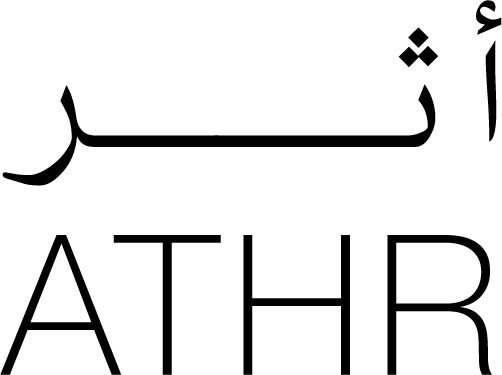
RANDOM INTERNATIONAL German, b. 1975
Imagine Our Dance / VI, 2024
Synthetics, C Print on Composite, Coated
81 x 60 x 5 cm
Edition of 5 plus 2 artist's proofs
Can human beings move together as an algorithm? In this series, people embody code through flocking behaviour. Performers follow a set of instructions transcribed from Random International’s custom algorithm by...
Can human beings move together as an algorithm? In this series, people embody code through flocking behaviour. Performers follow a set of instructions transcribed from Random International’s custom algorithm by the choreographer Anna Asplind. This algorithm has enabled Random International to simulate flocks across a myriad of digital works, including When Tomorrow Comes, Life in Our Minds, Swarm Studies and +/- Human.
In Human Algorithm, the essential procedural rules that the algorithm necessitates are deconstructed and brought into interconnected motion solely via the human body. Technology is absent from this performance; the human computes. But the machine imagines. Working with Artificial Intelligence to size up and depict the hypothesized performance, Random International researches how a flock translates into human form, prompting Human Algorithm into a synthetic visual existence.
The algorithm imagines what it looks like for human beings to perform an algorithm. This is where the trajectory of Human Algorithm bifurcates into the imagined and the physical performance. The generated images inform the path for the latter’s development, but the performance already exists in its own blurred world. The images become documents of this shared reality and its ambiguous terrain.
This body of work examines the presence of intangible rules that govern collective behaviour amid our technologically amplified societal landscape. Where in daily life such rules may be obscure, nestled so deeply inside the routine as to become undetectable, Human Algorithm makes this process overt — thrust into the deliberate activity of human beings.
In Human Algorithm, the essential procedural rules that the algorithm necessitates are deconstructed and brought into interconnected motion solely via the human body. Technology is absent from this performance; the human computes. But the machine imagines. Working with Artificial Intelligence to size up and depict the hypothesized performance, Random International researches how a flock translates into human form, prompting Human Algorithm into a synthetic visual existence.
The algorithm imagines what it looks like for human beings to perform an algorithm. This is where the trajectory of Human Algorithm bifurcates into the imagined and the physical performance. The generated images inform the path for the latter’s development, but the performance already exists in its own blurred world. The images become documents of this shared reality and its ambiguous terrain.
This body of work examines the presence of intangible rules that govern collective behaviour amid our technologically amplified societal landscape. Where in daily life such rules may be obscure, nestled so deeply inside the routine as to become undetectable, Human Algorithm makes this process overt — thrust into the deliberate activity of human beings.
